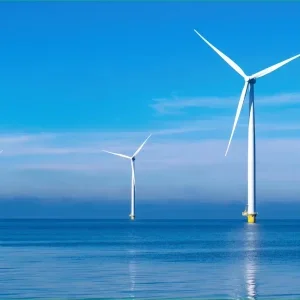
Nickel Industries has announced the production of the first batch of nickel pig iron at the $750m Oracle nickel project (ONI) in Indonesia.
The first nickel pig iron tap was completed this week, prior to the expected delivery date of February 2023, said the Australian company.
Nickel Industries holds a 70% stake in the Oracle nickel project, while the remaining 30% is held by Shanghai Decent.
According to Nickel Industries, the electrification and ignition of the Oracle project’s first rotary kiln electric furnace (RKEF) lines were achieved last month.
All the four RKEF lines are expected to start operations by the end of Q1 2023. The commissioning of the remaining three RKEF lines will be carried out gradually over the coming months.
Nickel Industries expects an increase in the annual attributable nickel metal nameplate capacity from 52,800 tonnes to 78,000 tonnes. The actual attributable production levels are anticipated to surpass 100,000 tonnes per annum based on past levels of outperformance above nameplate capacity, said the company.
The Oracle nickel project is located within the Indonesia Morowali Industrial Park in Central Sulawesi.
After commissioning the associated 380MW power plant, which is slated for Q2 2023, the company expects all RKEF lines to quickly increase their production levels.
Nickel Industries has also announced the production of nickel matte at its 80%-owned Hengjaya Nickel Project (HNI) in Indonesia.
Nickel Industries managing director Justin Werner said: “As ONI’s remaining lines progressively come online and ramp-up in the months ahead, we look forward to seeing a steady increase in our monthly production rates that will in time see Nickel Industries with annual attributable production in excess of 100kt, comfortably establishing us as a global top-10 nickel producer.
“With our developments at HNI, we are unique among global listed nickel producers given our ability to produce nickel products which have pricing exposure to both the Class 1 and Class 2 nickel markets, thereby providing significant diversification and importantly exposure to the electric vehicle battery supply chain.”






